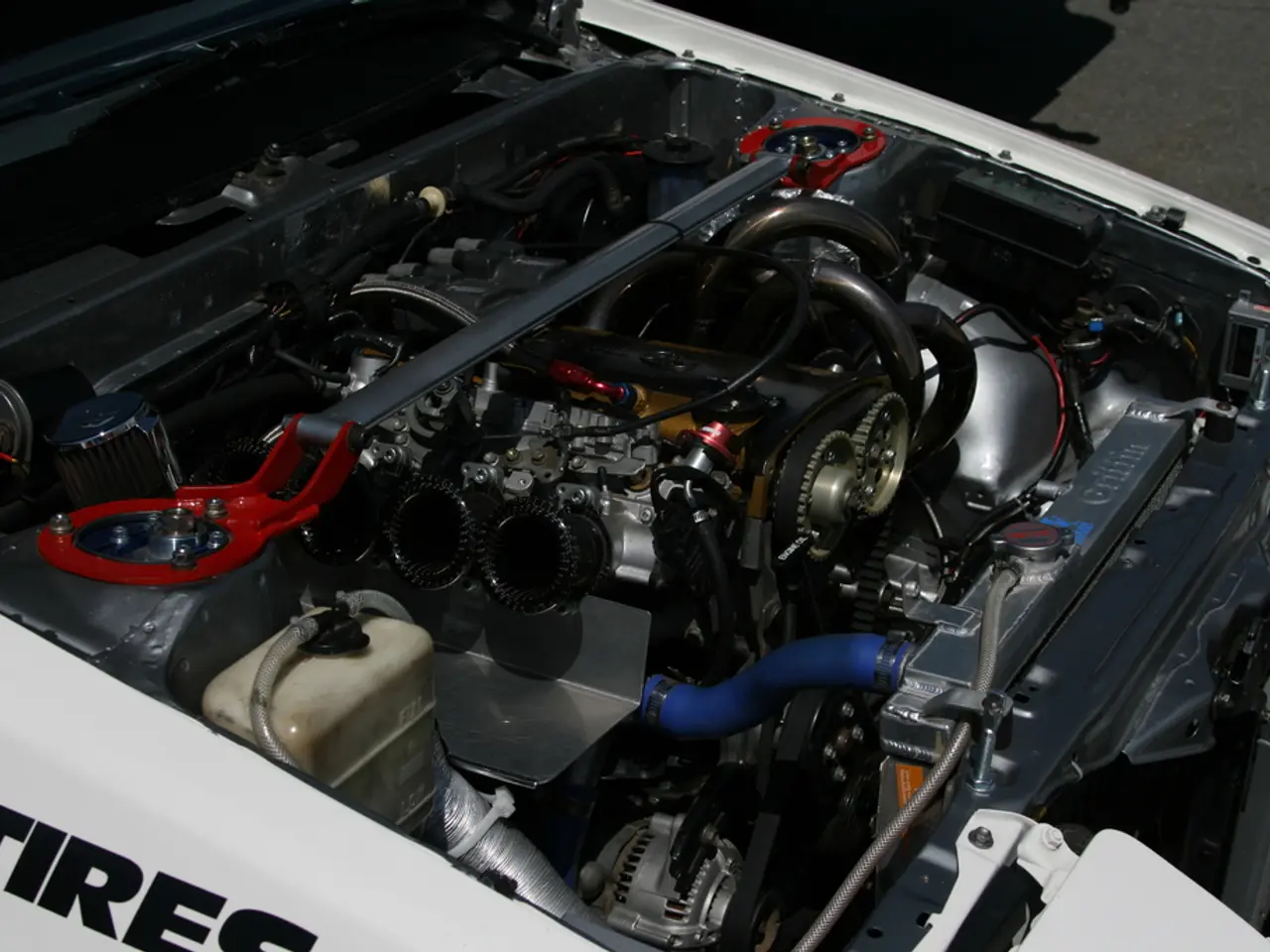Hemp as an Energy Source: Initially Seems Humorous, Yet Not a Farce!
In a blog post for The Guardian, Giulio Sica discussed the potential of hemp as a viable energy source. This versatile plant, known for its uses in food, textiles, paper, and fuel, has gained attention as an alternative to traditional fossil fuels.
One of the key advantages of hemp biofuel is its potential to reduce greenhouse gas emissions. Moreover, hemp's cultivation requires less energy and fertiliser compared to many other plants, making it a sustainable and renewable energy source.
The University of Connecticut has played a significant role in the development and production of hemp biodiesel. The university owns a patent on a biodiesel reactor system that can convert various inputs, including hemp, into fuel. Graduate students at the university have achieved impressive results, with a 97 percent conversion efficiency in producing hemp biodiesel.
Industrial hemp contains viable qualities for producing biodiesel. The cannabis seeds, often discarded, contain oils that can be turned into fuel. Hemp's oil can potentially be used as a fuel source for vehicles, although hemp-powered cars are not yet in common use.
Current developments in creating hemp-powered cars primarily involve the integration of hemp-based composite materials. These materials can reduce vehicle weight and cost, thereby improving efficiency. Major automakers such as GM, Audi, BMW, Ford, Mercedes, Lotus, and others use hemp fibres in car components like door panels, glove boxes, and interior plastics.
The technological processing of hemp fibres has seen advances, with modern decortication techniques capable of separating hemp into bast fibre, hurd, and microfibres more efficiently than traditional methods. This facilitates the production of hemp composites for automotive use.
However, challenges remain. Regulatory and legislative hurdles continue to affect the hemp industry's growth. Recent political developments, such as bills aiming to ban or restrict certain types of hemp, could impact hemp farmers and product availability, which indirectly influences the supply chain for automotive hemp materials.
Setting up efficient hemp processing plants is complex and requires technical expertise, financial investment, and regulatory compliance. While demand is growing across industries, hemp processing for automotive-grade materials needs significant capital and know-how.
Ensuring that hemp composites meet strict automotive durability, safety, and quality standards can be challenging. Hemp fibres must be reliably processed to substitute conventional materials without performance loss.
In summary, the automotive industry is actively developing hemp-based materials to produce lighter, more cost-effective vehicles. However, challenges in regulatory clarity, processing infrastructure, and material standardization must be overcome to scale hemp-powered cars widely.
- The potential of hemp as a viable energy source extends beyond biofuel, with hemp fibers being integrated into car components by major automakers, reducing vehicle weight and cost.
- The use of hemp oil as a vehicle fuel source may not be common, but advancements in technology, such as more efficient decortication techniques, facilitate the production of hemp composites for automotive use.
- Despite the growth of demand for hemp-based materials across industries, setting up efficient hemp processing plants requires not only financial investment but also technical expertise and regulatory compliance.
- To scale up hemp-powered cars, challenges in regulatory clarity, processing infrastructure, and material standardization must be overcome to meet strict automotive durability, safety, and quality standards.




